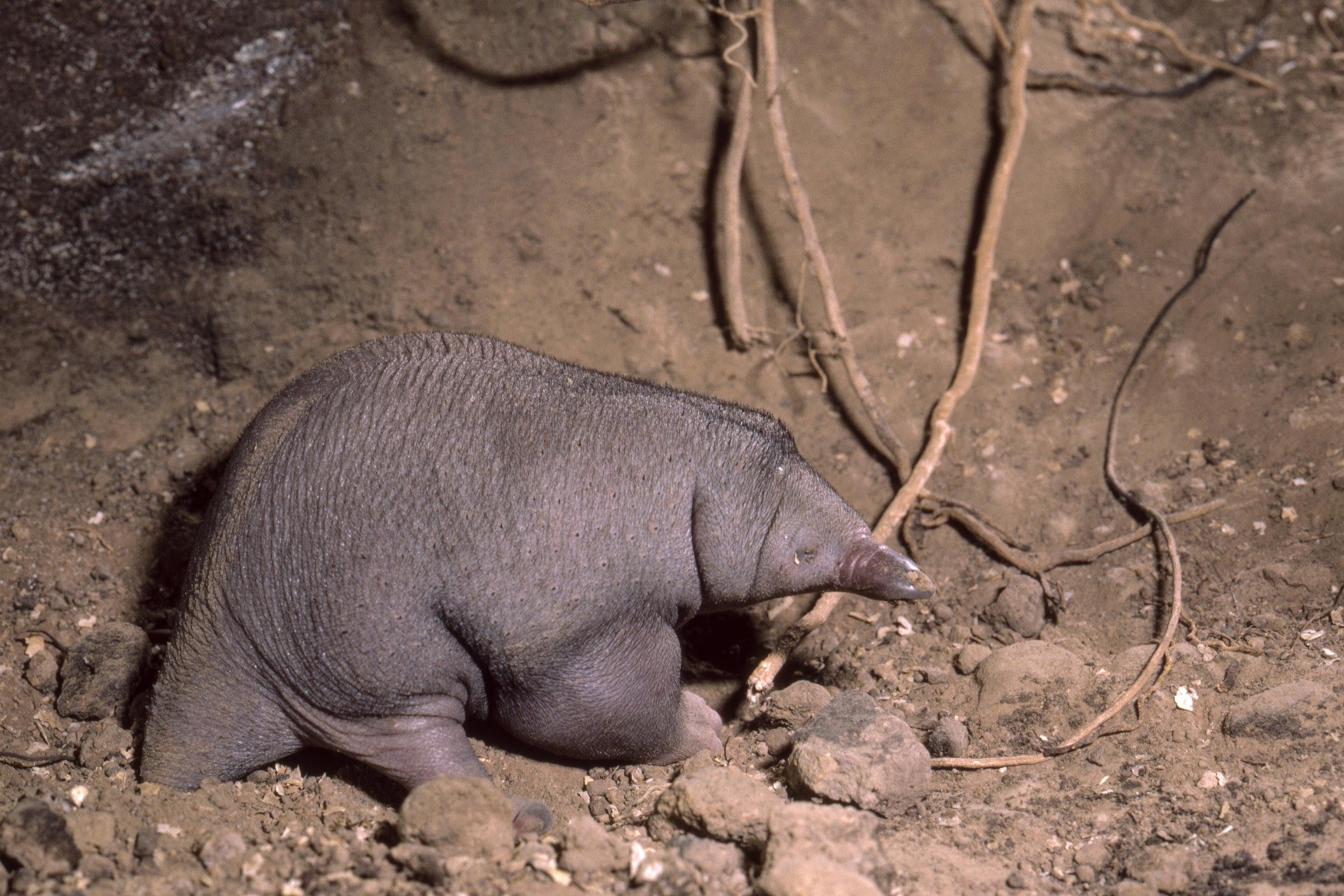Echidnas, also known as spiny anteaters, are unique and fascinating creatures native to Australia and New Guinea. With their distinctive spines and shy nature, they might pique the interest of exotic pet enthusiasts. However, the reality of keeping an echidna as a pet is far more complex and ethically questionable than many might initially assume. While the allure of owning such an unusual animal is undeniable, it’s crucial to delve into the practicalities and ethical implications before considering echidnas as domestic companions.
One of the primary reasons echidnas are unsuitable as pets lies in the extreme difficulty of breeding them in captivity. Expert Daniel Shepherd, who has investigated facilities in Jakarta purportedly breeding echidnas, argues that these operations are unlikely to be genuine breeding programs. According to Shepherd, these facilities lack the necessary infrastructure for successful echidna breeding, suggesting they function as waystations for trafficked wild-caught animals destined for the international pet trade. His assessment emphasizes that “the facilities are not adequate to breed echidnas, and echidnas as a species are not suitable for captive breeding.” This inherent challenge in breeding echidnas means that any echidna in the pet trade is highly likely to have been sourced from the wild, contributing to the decline of wild populations and raising serious ethical concerns.
 a short-beaked echidna juvenile in its burrow
a short-beaked echidna juvenile in its burrow
Alt text: A juvenile short-beaked echidna nestled in its burrow, showcasing its vulnerable and natural habitat.
The scarcity of captive-bred echidnas is further highlighted by the breeding records of established zoological institutions. Between 2014 and the present, only 39 puggles (baby echidnas) have been successfully bred across five accredited Australian institutions. In the United States, the last recorded puggle birth in an accredited zoo dates back to 2008. This stark contrast underscores the immense difficulty in breeding these animals even under highly controlled and expert-managed conditions. Despite these breeding challenges, records indicate a concerning number of echidnas entering the exotic pet trade. For example, in a single year, 40 short-beaked echidnas were registered as captive-bred and sold into the exotic pet market from Indonesia, according to wildlife trade monitoring organizations. This discrepancy between the low breeding success and the availability in the pet trade strongly suggests potential misrepresentation and the laundering of wild-caught animals as captive-bred.
Further investigation into the echidna trade reveals questionable practices. U.S. Fish and Wildlife Service records from 2009 to 2017 show that S&S Exotic Animals, a Texas-based business, acquired 16 short-beaked echidnas from Indonesia between 2011 and 2013. In one instance in 2013, six echidnas were imported from Indonesian exporter PT Alam Nussantara Jayatama, owned by Danny Gunalen, also associated with Faunaland zoo in Jakarta, for a declared value of $15,000. Interestingly, 11 of the 16 echidnas acquired by S&S Exotics were classified as source F, indicating they were born in captivity but did not meet the stringent criteria for captive-bred status under CITES (Convention on International Trade in Endangered Species of Fauna and Flora). These classifications and the sheer volume of animals traded compared to successful breeding rates raise serious questions about the true origins of echidnas in the pet trade and the potential for exploitation of wild populations.
In conclusion, while the idea of owning an echidna might seem appealing to some, the reality is that they are unequivocally unsuitable as pets. The extreme difficulty in captive breeding, coupled with evidence suggesting the illegal wildlife trade is supplying the demand for echidnas as pets, makes echidna ownership ethically and practically problematic. Prospective pet owners should consider the conservation implications and the complex needs of these wild animals, opting instead for domesticated pets that can thrive in a home environment without contributing to the detriment of wild populations. Choosing to forgo echidnas as pets is a crucial step in supporting wildlife conservation and responsible pet ownership.
